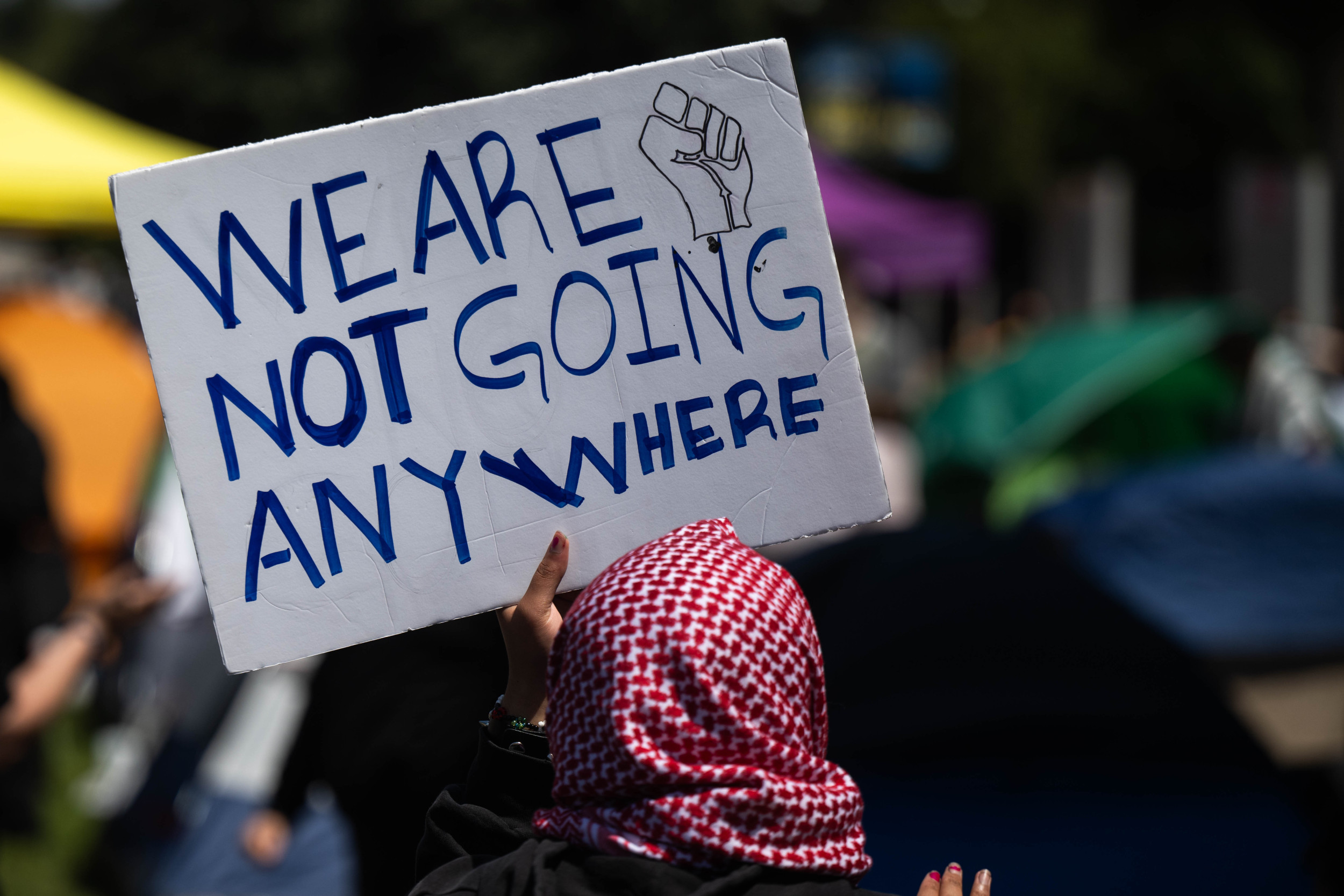This week in Mozambique, 24 lions are in the process of being reintroduced into the country.
A group consisting of the Cabela Family Foundation, as well as the Ivan Carter Wildlife Alliance, Zambeze Delta Safaris and Marromeu Safaris, planned and implemented the largest transport of wild lions for conservation across international boundaries in history. From August 5 through August 14, the 24 lions will be released into five regions in a 4,500 square kilometer area called the Zambeze Delta. The "Twenty Four Lions Project" hopes to restore the area to its natural ecosystem.
The Zambeze Delta once consisted of millions of wild animals, but in the 1970s, the civil war in Mozambique caused a huge decline in wildlife. According to the Ivan Carter Wildlife Alliance, the Mozambican military and rebel groups used the animals in the area as a food source during the war. By the mid 90s, most of the animals were gone except for large ones, such as antelopes. However, since then, many groups have placed enormous efforts into replenishing the areas. For example, the buffalo population has increased from 1,000 in 1994, to 20,000 today. However, the lions never came back—until now.
"This is really going to start the population [of lions]," Dan Cabela, Director of the Cabela Family Foundation, told Newsweek. "There's no local population; it's too far from the free-range lion populations for that to occur in a natural manner."
There used to be 200,000 wild lions living in Africa, but currently, there are less than 20,000. Due to poaching and other factors, lions are extinct in 26 African countries. Since lionesses give birth to one to five cubs in each litter, and can have a new litter every two years, the team hopes the number of lions in this area will increase to 500 in the next 15 years. Additionally, by having Mozambique to live in, this transfer should add 2.5 million acres to lion's habitat in Africa.
The lions are all from the same subspecies, but many are from different areas. Some of the lions were from the same area, so they already know each other, but by picking a diverse group
"We consulted with the local villages about the arrival of the lions," Cabela said. "The community understands the importance of wildlife." They were able to address any concerns people had and worked with local chiefs to implement the transfer. However, no human populations are located near where the lions were released.
The team first held the lions in packs in an enclosed area to help them adapt to their new environments. Most of them came from the savanna, which are tropical grasslands with shrubs and isolated trees. They now live in a delta, which is more of a wetland.

"The lions have adapted quite well and have done incredibly on this journey," Cabela said. The first pack has already made its first kill since arriving, and the others that will be released this week are expected to do well, too.
The group will continue to monitor the lions. They placed collars on many of the lions to help track them and make sure they continue to adapt well and begin to repopulate the area.
Uncommon Knowledge
Newsweek is committed to challenging conventional wisdom and finding connections in the search for common ground.
Newsweek is committed to challenging conventional wisdom and finding connections in the search for common ground.
About the writer
To read how Newsweek uses AI as a newsroom tool, Click here.








